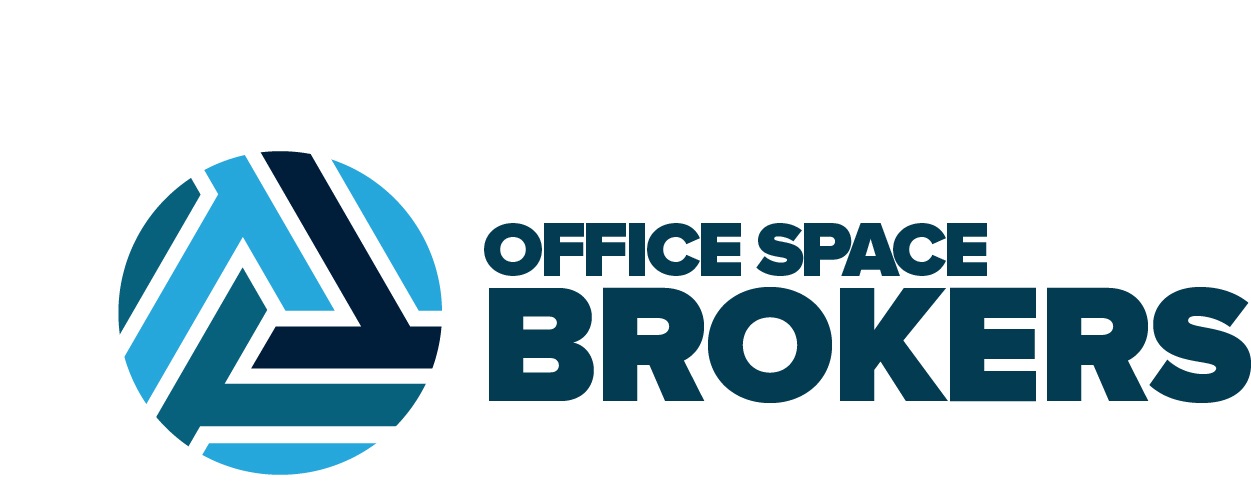
I believe there will be long-term impacts on company culture both now and long term. The newer generations are now becoming the majority in the workplace. Ultimately people will lose out on promotion opportunities, and networking opportunities and businesses will see a loss of productivity returning back to the office.
Three Main Areas:
-
Lack of Motivation When There’s No Camaraderie
When you are surrounded by people who share the same vision and purpose it is the camaraderie that keeps each of us motivated and feeling supported when you are having an off day or dealing with a difficult project/situation. When one is placed in the wrong situation at the wrong moment, it may be simple to lose motivation rapidly. It increases the likelihood of not obtaining the anticipated business goals. External inspiration may come from many different places. Working in an office with coworkers who share a vision or purpose, or getting advice from a senior employee, are two excellent examples. The atmosphere is different when working from home. An employee’s life might become tough due to a lack of motivation, which can also have a negative impact on production. Although self-motivation might be effective in some situations, it is not always sufficient to keep going. According to Forbes “ job satisfaction and job motivation have also fallen—job satisfaction from 57 percent to 32 percent and job motivation from 56 percent to 36 percent.”
-
Frequent Interruptions and Unsupervised Performance
Self-regulation and focus can be difficult for most without having the accountability of your team around you like in an office. Having children, a roommate, or a partner at home could lead to more breaks than usual. Employees are expected to monitor their own performance at work as part of their duty. Self-control, focus, and diligence are skills not everyone has to self-manage and effectively time manage. If the breaks and work are not tracked, employees could become distracted which lead to longer breaks and less work time. Studies from The New York Times show “that the average worker is interrupted somewhere between 4 to 12 times every hour. That’s one interruption every 15 minutes, in the best-case scenario.”
-
Lack of Relationship with Colleagues
Collaboration, creative problem-solving, mentorship, and team morale are more challenging when each requires a Microsoft Teams or Zoom invite to do so.
When asked why people continue to work for their company, respondents frequently say their colleagues. According to the Pew Research center “60% of people say they feel less connected to their co-workers now”. People we collaborate with play a significant role in our network. We gain so much from our colleagues’ knowledge and insight, as well as our boss’s seasoning and sense of humor. While it is possible to maintain relationships online, they are often not as deep or genuine. Your network is most certainly diminishing as well. There are individuals you haven’t seen in a long time because you didn’t know them well enough to send them a text. While you may meet someone digitally, it’s not the same as interacting with them in person. You’re passing up an opportunity to meet for coffee and make a genuine connection.
Of course, working in an office isn’t perfect. However, neither is working from home. Choosing your workspace and working style with the best interests of your team and your business in mind is always the goal.

